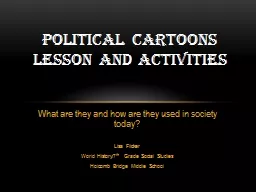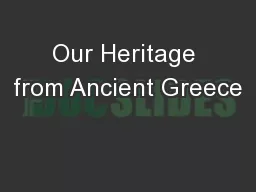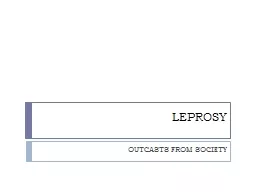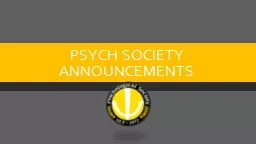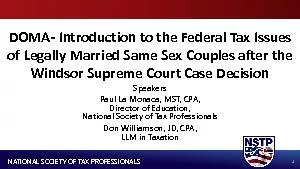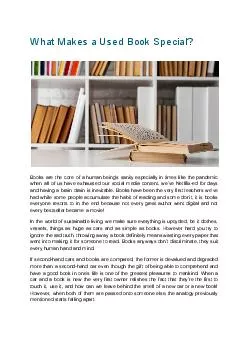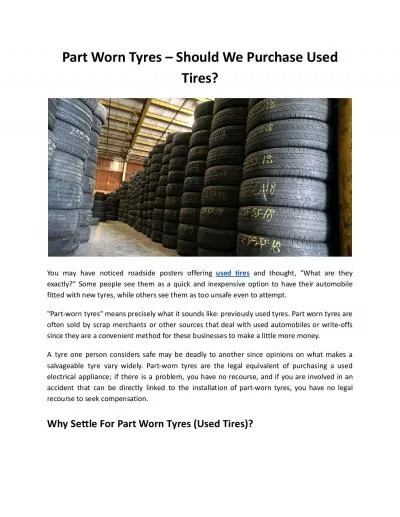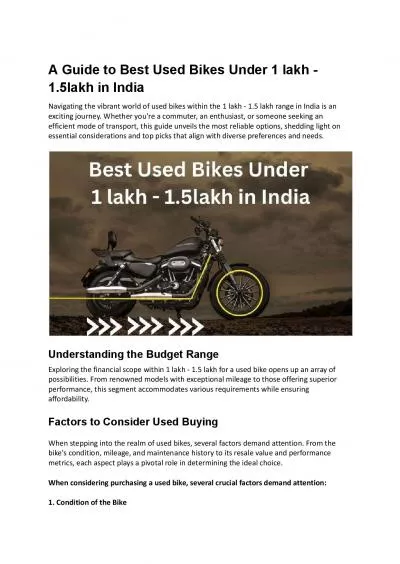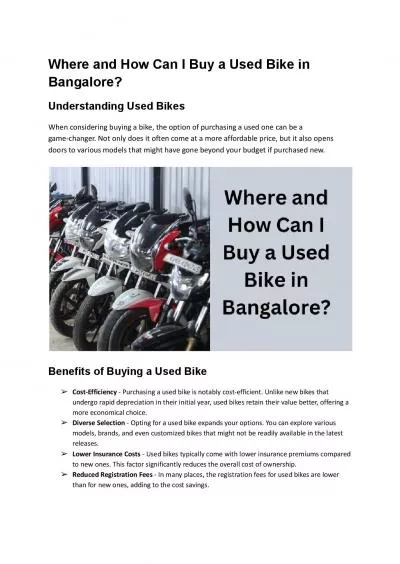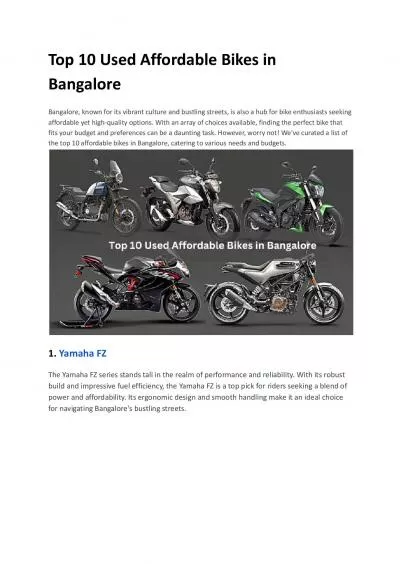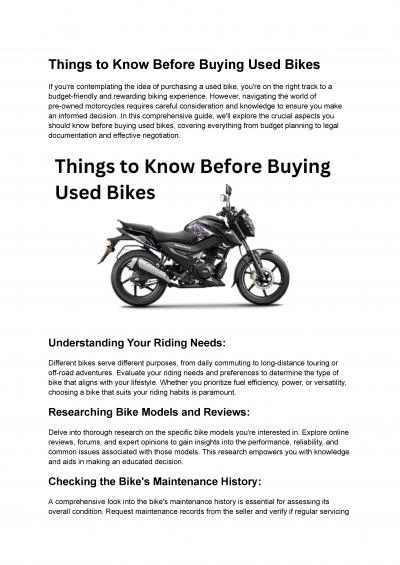PPT-What are they and how are they used in society today?
Author : tawny-fly | Published Date : 2015-10-01
Lisa Flicker World History7 th Grade Social Studies Holcomb Bridge Middle School Political Cartoons Lesson and Activities What are political cartoons Political
Presentation Embed Code
Download Presentation
Download Presentation The PPT/PDF document "What are they and how are they used in s..." is the property of its rightful owner. Permission is granted to download and print the materials on this website for personal, non-commercial use only, and to display it on your personal computer provided you do not modify the materials and that you retain all copyright notices contained in the materials. By downloading content from our website, you accept the terms of this agreement.
What are they and how are they used in society today?: Transcript
Download Rules Of Document
"What are they and how are they used in society today?"The content belongs to its owner. You may download and print it for personal use, without modification, and keep all copyright notices. By downloading, you agree to these terms.
Related Documents

